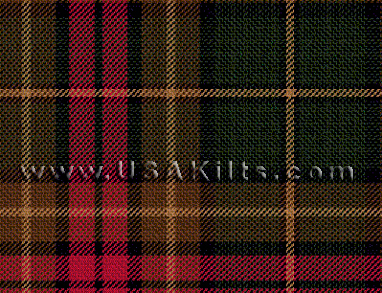Cavan
Select
- Mill: HOE
- Weight: 13 oz.
- Known Septs Include:
Names prominent in this county include: Atila, Atilla, Brady, Brogan, Cabe, Cahill, Caldwell, Carolan, Carolan, Clery, Crowe, Curry, Dennehy, Dolan, Donohoe, Drum, Duf, Duff, Farelly, Farrelly, Farrely, Fitzsimon, Fleming, Flood, Gaffney, Gargan, Gibney, Govern, Gowan, Kiernan, MacAtila, MacAtilla, MacBrady, MacCabe, MacDuf, MacDuff, MacGovern, MacGowan, MacKiernan, MacSharry, McAtila, McAtilla, McBrady, McCabe, McCabe, McDuf, McDuff, McGovern, McGovern, McGowan, McGowan, McHugh, McKiernan, McNulty, McSharry, McSharry, McTiernan, Mulleady, Mulligan, Mulmoher, O'Clery, O'Curry, O'Daly, O'Donohoe, O'Farrelly, O'Lynch, O'Reilly, O'Carolan, O'Clery, O'Curry, O'Donohoe, O'Drum, O'Farelly, O'Farrelly, O'Farrely, O'Gibney, O'Mulleady, O'Mulmoher, O'Reilly, O'Sheridan, Reilly, Reily, Sharry, Sheridan, Smith, Tully
- Notes:
A town as well as a county, Cavan is a landlocked county and is one of the northern most counties in the Republic of Ireland. Once part of the historical kingdom of Ulster, hilly and heavily forested Cavan was a stronghold of the O’Reilly family for centuries. (Supposedly Cavan’s gaelic nickname --Breffny-- was inspired by the exploits of the warlike activities of one of the O’Reilly women.) Despite being landlocked, Cavan is one of Ireland’s wettest regions: Six major rivers and over two hundred major and minor lakes --or Loughs-- slice across the county. Cavan’s damp clay-rich soil makes for poor farming and the Scottish and English settlers who moved into the area during --& after-- the Plantation of Ulster attempted to promote a proto-industrial form of weaving. - notes by Sarah Nagle
One of a series of Irish District tartans designed (and copyrighted) by Polly Wittering of the House of Edgar in 1995. This is not an 'officially sanctioned' District tartan but has proven popular.
